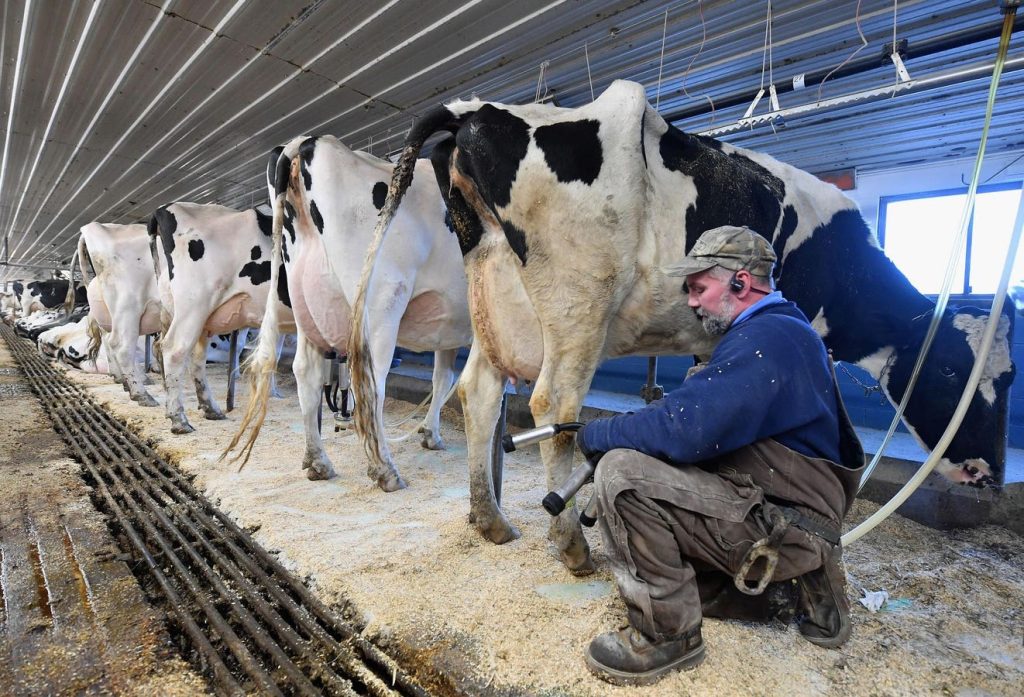Avian influenza has been spreading across the globe for the past four years, causing outbreaks and deaths in millions of birds. Recently, the virus has been found in clusters of sea lions, mink, cats, and other mammals, increasing the threat of human spread. In the U.S., only two human cases have been reported so far, with the first case reported in a poultry worker in Colorado in 2022. Since 1997, 909 cases of Highly Pathogenic Avian Influenza A(H5N1) have been reported from 23 countries, with a high fatality rate of more than 50%.
In March 2024, a dairy worker in Texas was found to be infected with HPAI A(H5N1) with mild conjunctivitis as the only symptom. Infections in dairy herds have been reported in multiple states, with transfers of cows from Texas being implicated in some cases. Additionally, infected cats on farms have shown neurological symptoms like seizures and have died. Bird flu has also been found at a top egg producer in Michigan, prompting the implementation of strict biosecurity measures to prevent further spread.
The transmission of the virus has been linked to the high viral load in milk from infected cows, suggesting that infection could be spread through milking machines or during cleaning processes in dairy farms. Another concerning factor is that cattle in the U.S. are fed poultry litter, which poses a potential risk of spreading infection throughout the agricultural supply chain. Various routes of transmission, including fly vectors and windborne spread, have also been identified.
The government’s response to the potential biothreat has been criticized for being reactive and limited. The USDA has been called out for not fully sharing their data and not conducting enough testing of cows, particularly beef cattle. The lack of power to restrict the movement of cattle or require testing of infected herds has also been highlighted as a gap in the response. Despite these criticisms, the USDA has announced testing requirements for dairy cows before interstate transport and the detection of H5N1 in an asymptomatic cow lung tissue sample.
Criticism of the government’s response has come from various experts who question the transparency, testing protocols, and surveillance efforts. Concerns have been raised about the lack of testing in asymptomatic animals, beef cattle, and farm workers, as well as the potential underreporting of cases. The safety of dairy products has also been called into question, with concerns about infected milk entering commercial markets and the effectiveness of pasteurization in killing the virus.
In light of the ongoing developments of H5N1, there have been citizen science studies and monitoring efforts to track the spread of the virus. While there have been challenges and gaps in the response to the avian influenza outbreak, efforts are being made to enhance surveillance, testing, and biosecurity measures to prevent further spread of the virus and protect public health.


